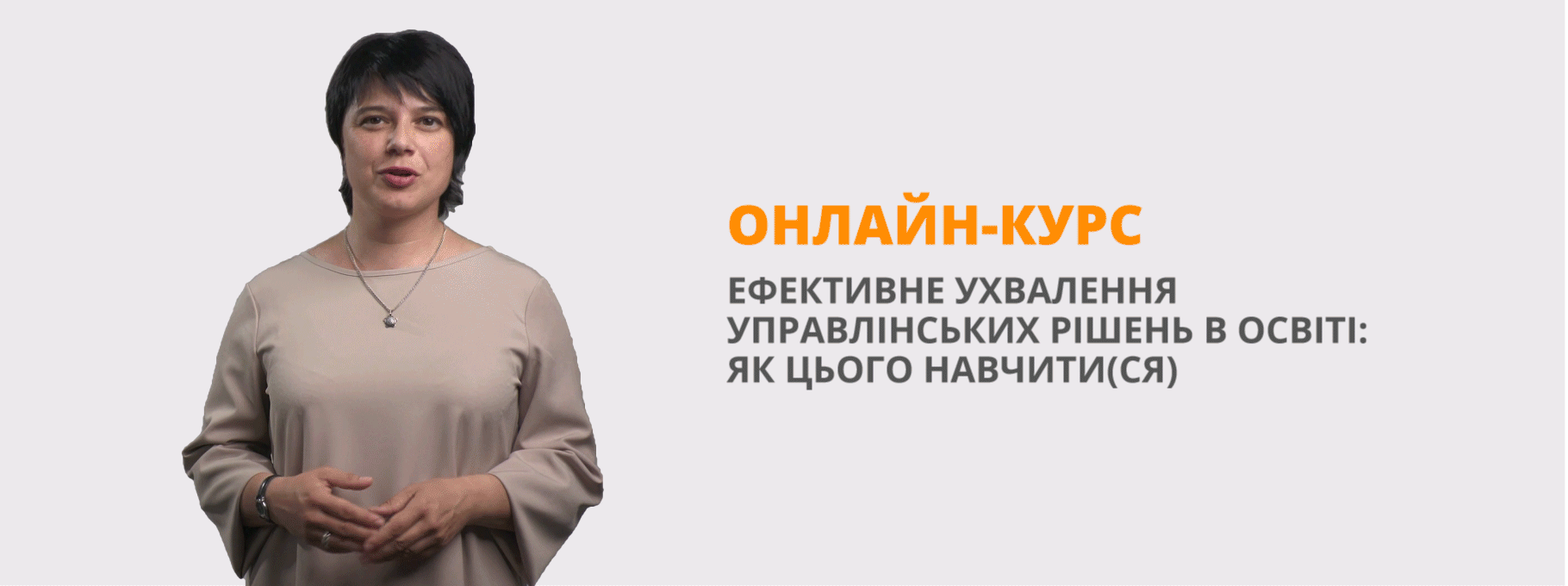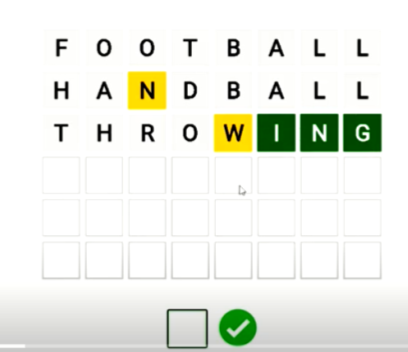"Вправи та завдання до відео на онлайн уроках"
1
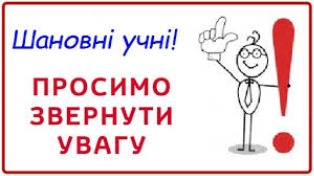
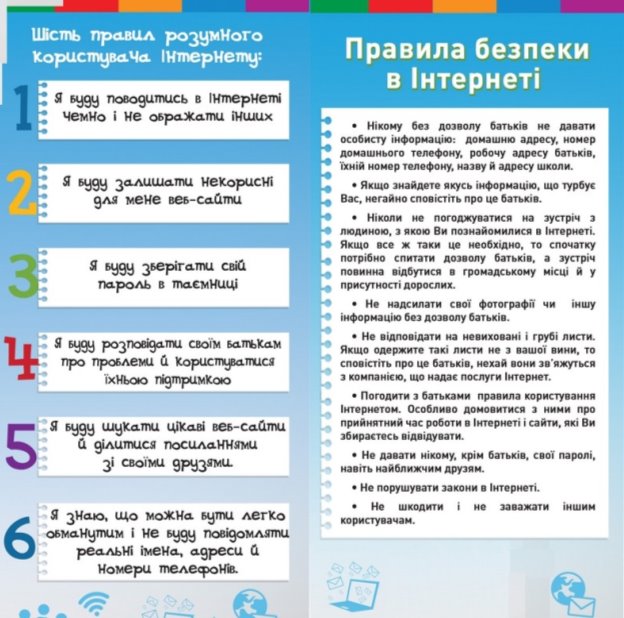
ВПРАВИ ТА ЗАВДАННЯ
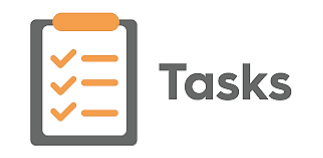
Завдання до відео. Підготовчий або преддемонстраційний етап
(pre-viewing activities)
- Передбачення вмісту відео по назві відео;
- Повторення основної лексики, що вивчається:
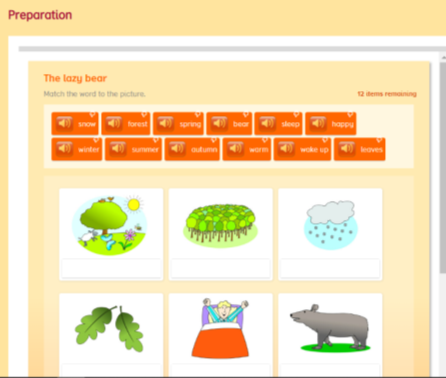
- Коментування нового граматичного явища:
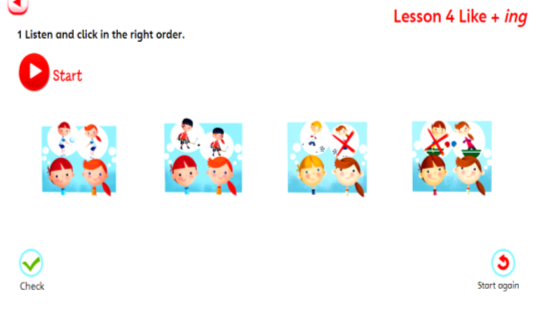
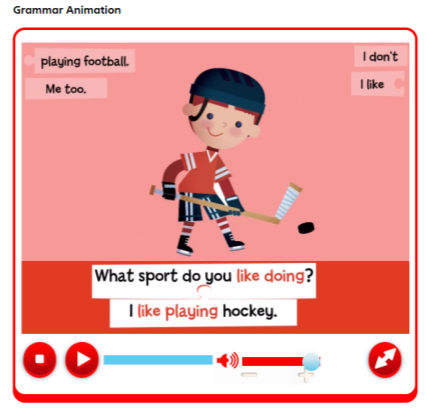
- Повторення вивченої лексики:
Завдання до відео. Сприйняття відео або демонстраційний етап (while viewing)
- Ідентифікація основної лексики, граматики яка вивчається (учні можуть перерахувати, які знайомі предмети/тварини/речі вони бачать);
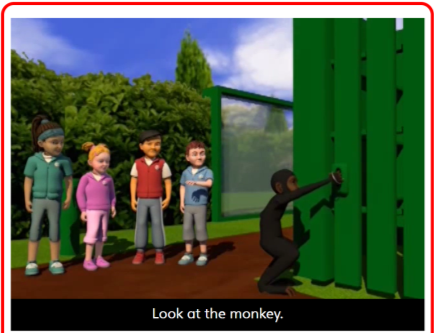
- передбачення вмісту відео (показ початкового зображення, або будь-якого іншого епізоду з прогнозуванням подальших дій);
- безшумний перегляд (із вимкненим звуком).
- повторення за диктором:
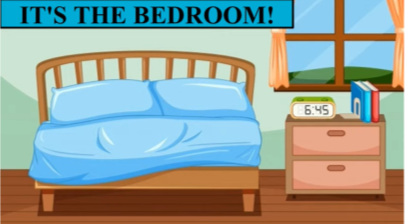
Контроль розуміння основного змісту або піследемонстраційний етап (post) after-viewing). Завдання до відео
- складання діалогів чи драматизація:
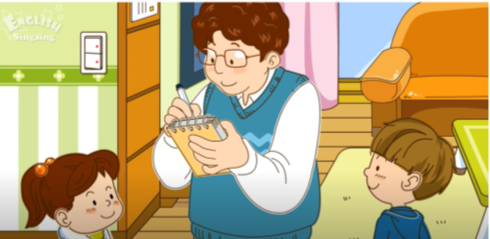
- Доповнення тексту відео пісні:
Our town it's a great ________ to be.
It's has a lot of ________.
Come to______ town.
Come and have ______ fun.
Where we can _____ all day.
______ into the water.

- Відповіді на запитання переглянутого відео:
1. What is there on the track?
2. Who runs to stop the train?
3. What does the train driver think?
4. What idea has Flash got?
5. Does the driver stop the train?
6. Who says "Thanks"?
- What animals can you remember from the video? What animal is the first? Who is an author? What question does the author ask?
Вправа №2. «Встанови правильну послідовність» (Range in order). Завдання учнів полягає у тому, щоб уважно переглянути відео й запам’ятати послідовність, в якій подають нові персонажі (тварини). Після перегляду потрібно назвати які тварини були зображені та вказати їх правильну послідовність. Можна створити заготовки схеми для запису тварин у різноманітних ресурсах і програмах. Наприклад, у ресурсі LearningApps, який знаходиться у відкритому доступі мережі інтернет.
Вправа №3. Вправа «Встав пропущені слова» (Fill in the gaps). Вчитель залучає учнів до перегляду відео про тварин. Після перегляду учням дається перелік речень за змістом побаченого, в яких пропущено слова. Учням необхідно уважно прочитати подані речення, перекласти, щоб зрозуміти про що в них йдеться та заповнити пропуски словами, яких не вистачає. Підхід передбачає використання сучасних ресурсів та програм для створення вправ іноземною мовою. Наводимо приклад подання речень з пропущеними словами, створених в ресурсі LearningApps.
Вправа №4. Вправа «Знайди правильну відповідність» (Matching Task). На відео зображено невеликі сюжети про декількох тварин. Учням треба уважно розглянути тварину і запам’ятати хто які звуки вимовляє. Після перегляду до уваги дітей пропонується завдання з’єднати малюнок тварини з відповідною назвою. Для цього необхідно знати переклад кожного із почутих слів і вміти виділити потрібне серед мовного потоку.
Вправа №5. «Обери одну правильну відповідь» (Choose a right answer). Учням необхідно уважно переглянути відеоролик, зосередитись на ключових моментах. Після перегляду завдання учнів полягає у тому, щоб відповісти правильно на поставлені запитання по змісту побаченого. Учням пропонуються запитання закритого виду з декількома варіантами відповіді, з яких лише одна є правильною. Відповідно до традиційного підходу завдання роздаються учням на заздалегідь підготовлених листках. Проте, як показує практика, увага та зацікавленість учнів під час виконання завдань зростає при активному залученні медіазасобів. Тому краще подавати тестування в різних програмах та ресурсах, які дозволяють для кращого розуміння значення питань використовувати малюнки, аудіо або застосування при потребі підказок тощо.
Вправа №6. «Знайди слова» (Wordsearch) В процесі перегляду відеозапису учням необхідно зосередити увагу на назвах тварин, звернути увагу на їх вимову та знати правильний переклад назв кожної тварини, яка зображена. Під час кожної сцени учні мають змогу не лише побачити самого персонажа, а й підпис до кожного іноземною мовою, що супроводжується озвучкою його назви й «голосу». Після перегляду відео вчитель пропонує учням розгадати кросворд знайшовши назви тварин, яких учні побачили на відео.
How many sweets?
What can Kitty and Gran have for lunch? Do you know how to use countable and uncountable nouns? Watch the video and find out!
1. Nouns – countable and uncountable. Match the word to the picture. Watch the video.
2. Choose true or false for these sentences. Are these sentences true or false?
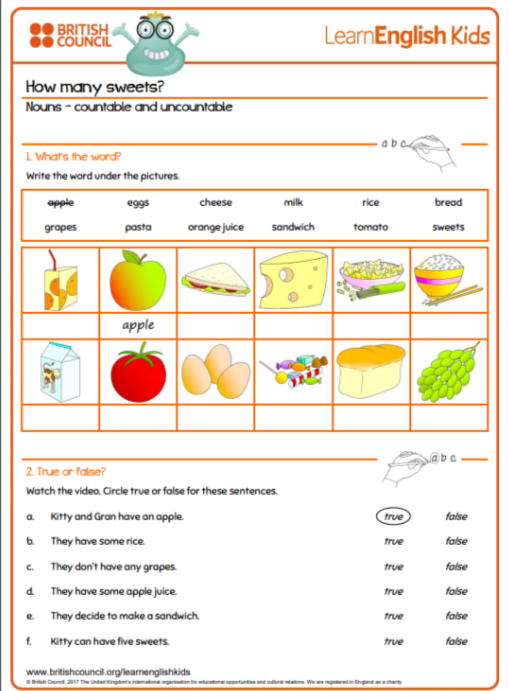
3. Where does it go? Watch the video. Write these words in the correct group.
4. Write and draw! What’s in your cupboard? What’s in your fridge? Draw pictures and write sentences!
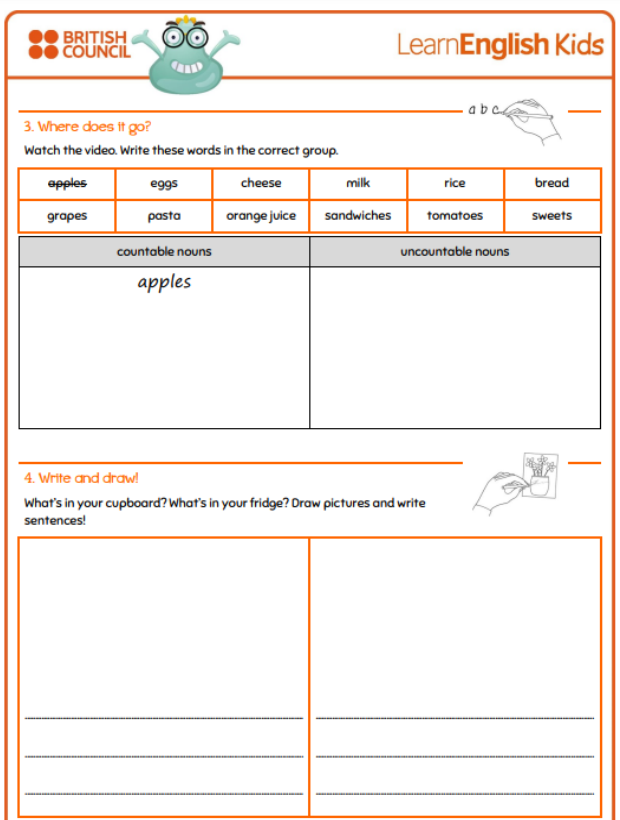
There is / There are
1. There is / There are Exercises - WORKSHEET IN THE DESCRIPTION
Educational video for young learners. You can use this video to practice There is/There are sentences with young learners.

2. The students can tell the difference between "there is / there are" filling the sentences.
Опрацювання матеріалу до історії за підтримки відео, е-ресурсів
One day Little Red Riding Hood goes to visit her granny. Who will she meet in the wood? Watch and find out! The video based on the fairy tale Little Red Riding Hood.
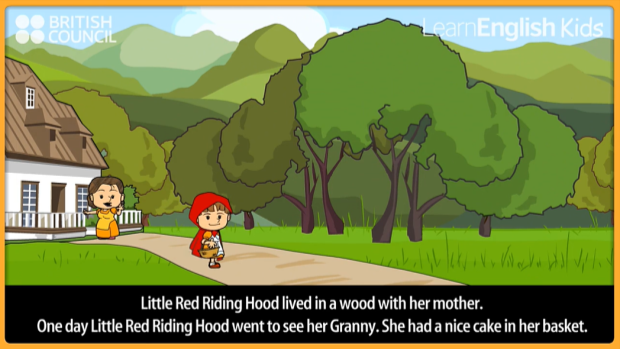
“Little Red Riding Hood” is a well-known and well-loved fairytale that is fun to read and learn for young learners. Fairytales provide both children and teachers with a familiar starting point from which to explore stories in a second language, all the better to experience English.
Pre-storytelling activities
Before reading Little Red Riding Hood, you could introduce the fairytale by eliciting your children’s prior knowledge of the story. Show your children the story title to arouse their interest and trigger their memories.
- Who can they see on the cover? (Little Red Riding Hood)
- What’s she wearing? Where is she?
- Where’s she going? Is she a good girl? Why/not?
Introduce each character with the flashcards in turn. First of all, ask your children to respond non-verbally to the character flashcards through actions and/or noises. Invent an action and/or noise to correspond to each character, for example, Little Red Riding Hood might skip, the Big Bad Wolf might growl, Mum might be making a cake, Grandma might be walking with a stick, the woodcutter might be cutting wood. Can they mime those actions?
Storytelling activities
- Present the story pointing to the words in the video as the children watch it. This will encourage your children to make the connection between the spoken and the written words and develop their sight recognition skills.
- Show the video and ask your children about the characters and pictures on the pages. For example, where’s Mum?
- What’s Little Red Riding Hood wearing? Have you got (a cloak)?
- What’s in her basket? Do you like (honey)?
- What’s the wood like? Where’s Grandma’s cottage? Is it near or far?
- Ask your children to finish some of your sentences as you retell the story, for example, “In the wood Little Red Riding Hood met a big, bad _____ (wolf)”
- Retell the story and make deliberate mistakes. Ask your children to clap their hands together when they hear a mistake. For example, “Once upon a time there was a little boy…” CLAP! Continue telling the story with the correct word.
Post-storytelling activities
There are many different ways to extend the story of Little Red Riding Hood depending on your children’s skills, interests and needs. Here are just a few ideas:
- Play ‘I-spy’ with the different parts of the video for the story. For example, ‘I spy with my little eye, something beginning with ‘w’!” This activity may be used as a warmer to any of the vocabulary-related activities in the BritLit Kit, such as the Picture crossword.
Categorise the words, Match characters and descriptions.
- After the story you may like to use the Story review activity for your children to review the story. The children also say why they like the character and a particular part of the story. You could ask them to reorder the Story filmstrip.
- Alternatively, introduce one or more of the Chants and then re-read the story together and invite your children to repeat the chant(s) at the appropriate moment(s).

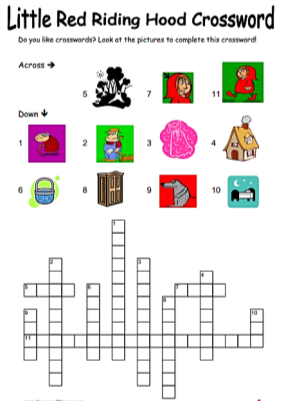
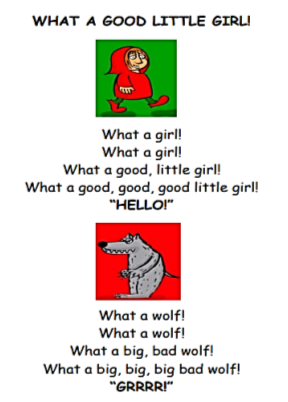
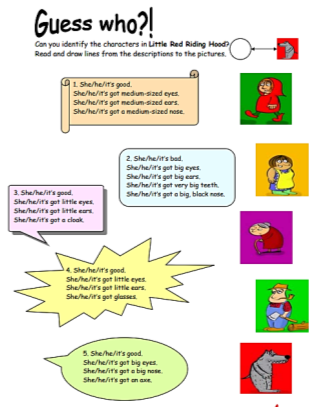

Опрацювання матеріалу до пісні за підтримки відео, е-ресурсів
“Old MacDonald had a farm” is a traditional song that is easy to learn and fun to repeat for young learners.

Here are some ideas for using the “Old MacDonald had a farm” poster + video with your learners.

Introduce the song
• Show the poster to the children. Do they know the names of the animals on the poster? (Duck, cow, dog) To help the students identify the animals you could ask “Is this a duck or a cow?”, “Is this a dog or a duck?”, etc.
• Practise the animal names and noises like this: make the animal noise and ask the children to identify the animal. Next, say the animal and this time the children make the correct noise.
Tip: How to pronounce the animal noises Quack = /kwæk/ Moo = /mu:/ Woof = /wʊf/ Oink = /ɔ:ɪŋk/
Point to the man. Ask: “What is his job?” (He’s a farmer) “Where does he work?” (On the farm) “Is the man young or old?” (Old) “What is his name?” (MacDonald)
• Ask the children to invent actions for each animal, for example: move your arms like wings for the duck, make yourself as big as possible for the cow, make ears on top of your head for the dog, and make a curly tail with your finger for the pig.
• Sing or play the song and ask the children to listen and do the actions for each animal as you sing.
• Sing or play the song again. This time ask the students to do the actions and join in with the animal noises.
• Sing or play the song another time and encourage the children to do the actions and sing along with you.
After the song
• Ask the children, “What other animal noises do you know?” Here are some examples: bees go “buzz” (/bʌz/), sheep go “baa” (/bɑ:/), cats go “miaow” (/mɪaʊ/).
• Ask volunteers to perform an animal action or make an animal noise. The other students must identify the animal.
• The children can draw pictures of farm animals.
Follow-up ideas. Here are some suggestions for other ways to use the video/ the poster.
• You could teach animal body parts such as ear, nose, beak, tail, paw, hoof/hooves, wing, trotter. Point to the different parts, say the word, and ask the students to repeat it. Write the words on the board. Can the children match the words with the body parts on the poster? Draw an invented animal on the board, for example: a cow with wings like a duck. Ask the children to tell you what is wrong with the animal. Now they draw an invented animal and label its body parts.
• Practise language for daily routines by talking about what the farmer does every day. Ask the children what time they think the farmer gets up in the morning and goes to bed at night. What other things do they imagine he does during the day? Write the following sentences on the online board and ask the students to put them in a logical order:
• He feeds the animals.
• He gets up.
• He goes to bed.
• He has breakfast.
• He has dinner.
• He has lunch.
• He milks the cows.
A logical order could be: He gets up. He has breakfast. He feeds the animals. He has lunch. He milks the cows. He has dinner. He goes to bed. Now decide as a class what time he does these things.
Add these times to the sentences on the online board:
• He gets up at five o’clock, etc.
• Now erase the verbs (gets up, has, feeds, has, milks, has, goes) from the sentences. Can the children remember the correct words?
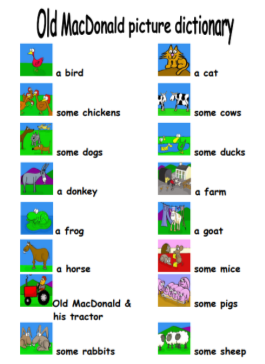
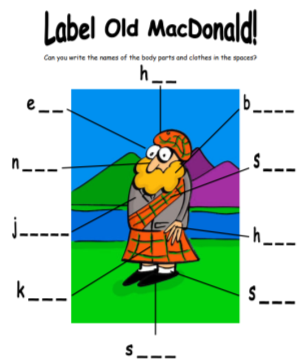
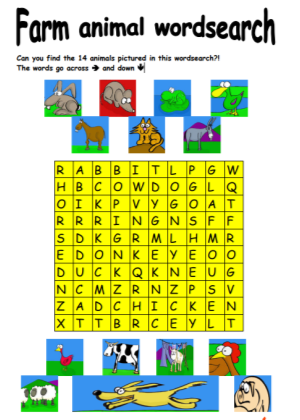
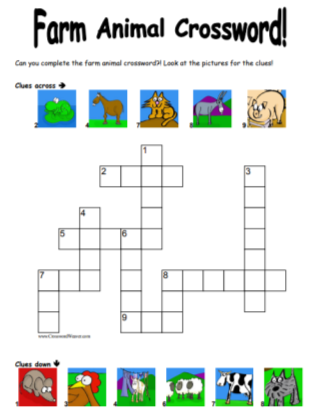
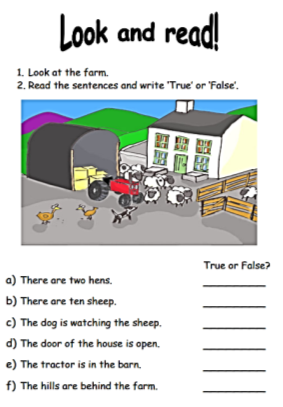
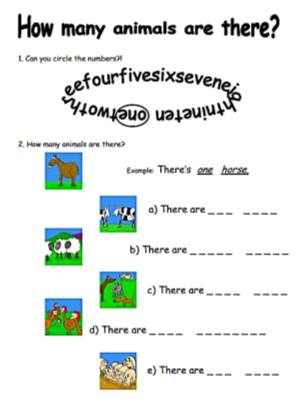
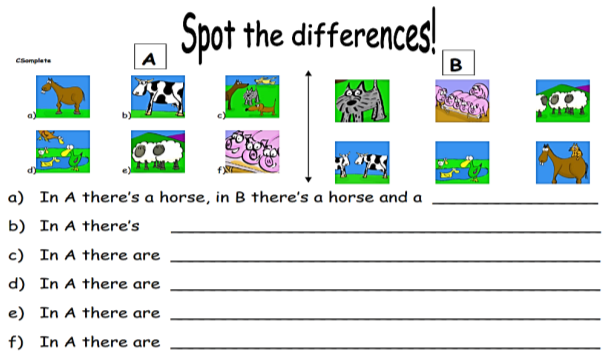
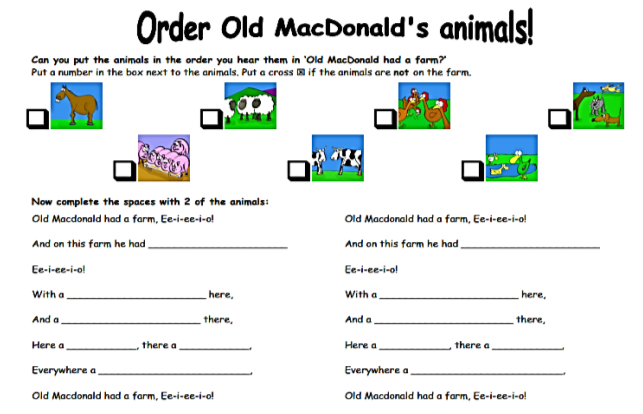


про публікацію авторської розробки
Додати розробку
